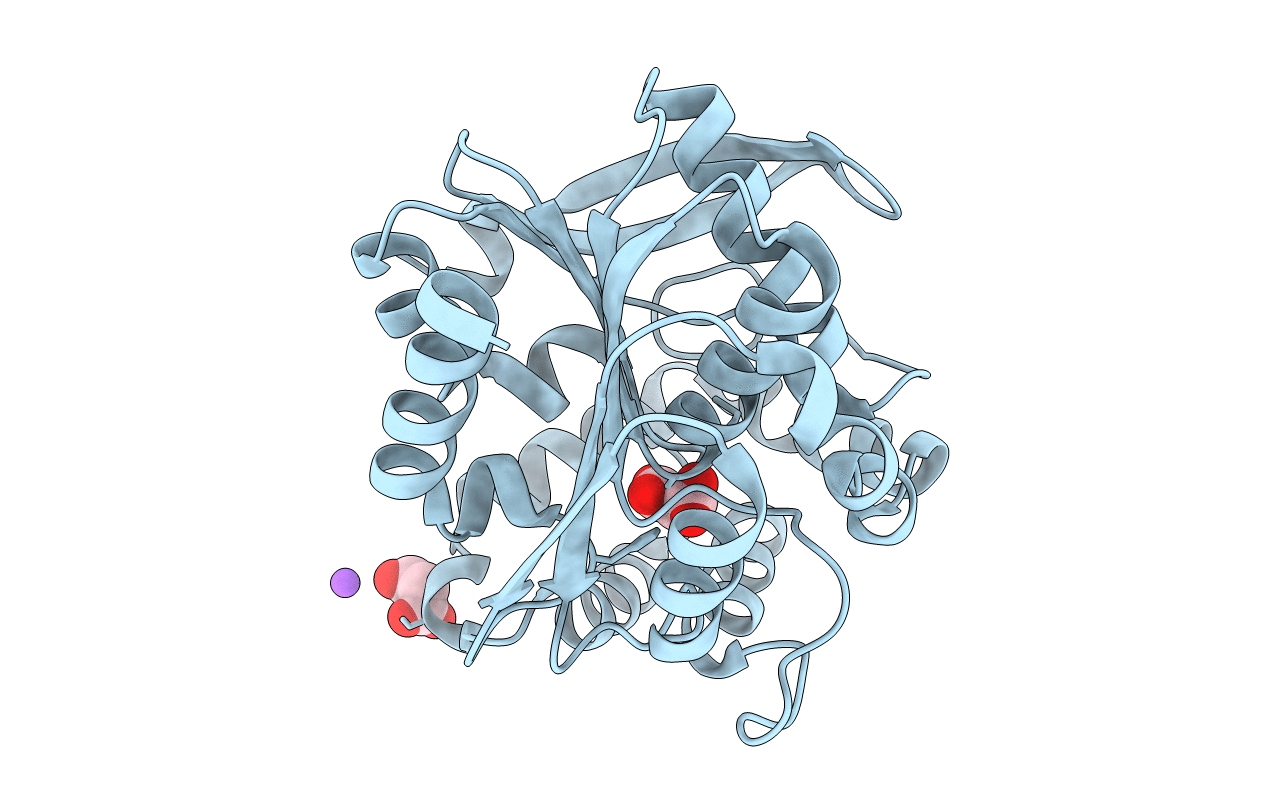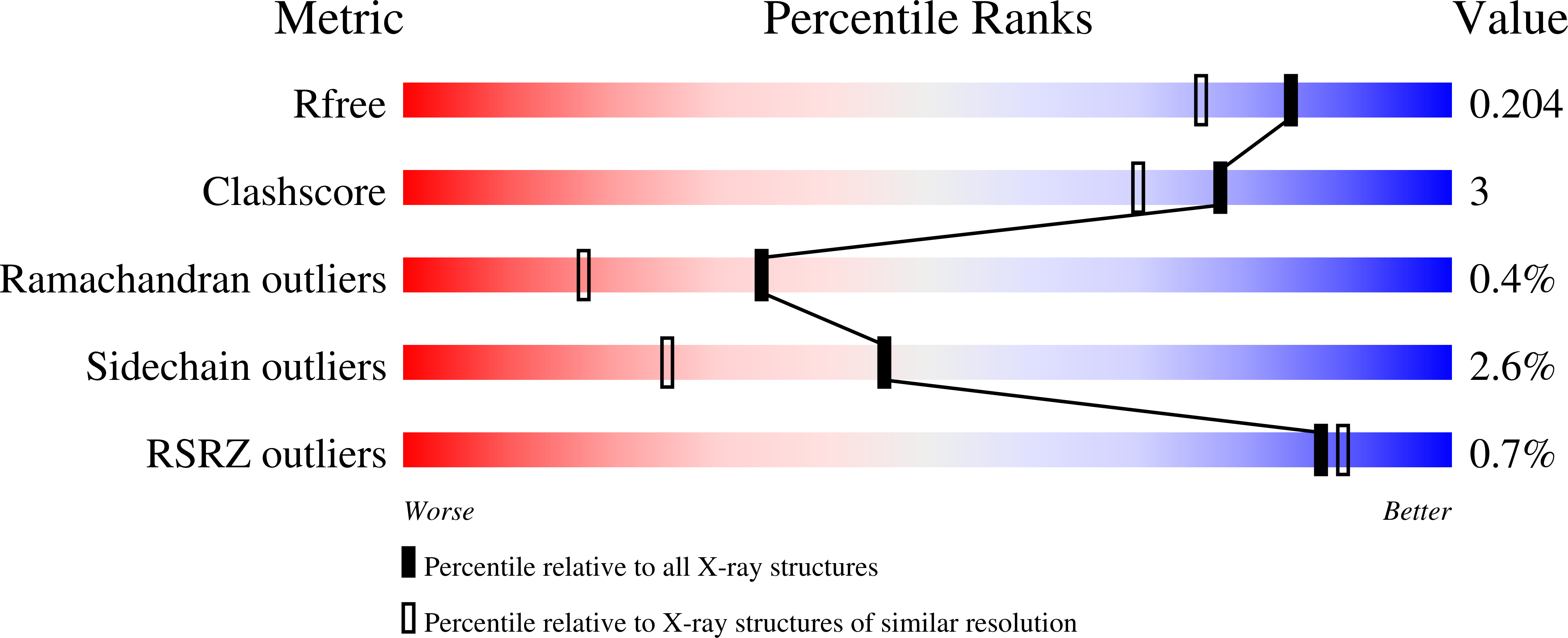Abstact
BphD of Burkholderia xenovorans LB400 catalyzes an unusual C-C bond hydrolysis of 2-hydroxy-6-oxo-6-phenylhexa-2,4-dienoic acid (HOPDA) to afford benzoic acid and 2-hydroxy-2,4-pentadienoic acid (HPD). An enol-keto tautomerization has been proposed to precede hydrolysis via a gem-diol intermediate. The role of the canonical catalytic triad (Ser-112, His-265, Asp-237) in mediating these two half-reactions remains unclear. We previously reported that the BphD-catalyzed hydrolysis of HOPDA (lambda(max) is 434 nm for the free enolate) proceeds via an unidentified intermediate with a red-shifted absorption spectrum (lambda(max) is 492 nm) (Horsman, G. P., Ke, J., Dai, S., Seah, S. Y. K., Bolin, J. T., and Eltis, L. D. (2006) Biochemistry 45, 11071-11086). Here we demonstrate that the S112A variant generates and traps a similar intermediate (lambda(max) is 506 nm) with a similar rate, 1/tau approximately 500 s(-1). The crystal structure of the S112A:HOPDA complex at 1.8-A resolution identified this intermediate as the keto tautomer, (E)-2,6-dioxo-6-phenyl-hex-3-enoate. This keto tautomer did not accumulate in either the H265A or the S112A/H265A double variants, indicating that His-265 catalyzes tautomerization. Consistent with this role, the wild type and S112A enzymes catalyzed tautomerization of the product HPD, whereas H265A variants did not. This study thus identifies a keto intermediate, and demonstrates that the catalytic triad histidine catalyzes the tautomerization half-reaction, expanding the role of this residue from its purely hydrolytic function in other serine hydrolases. Finally, the S112A:HOPDA crystal structure is more consistent with hydrolysis occurring via an acyl-enzyme intermediate than a gem-diol intermediate as solvent molecules have poor access to C6, and the closest ordered water is 7 A away.



